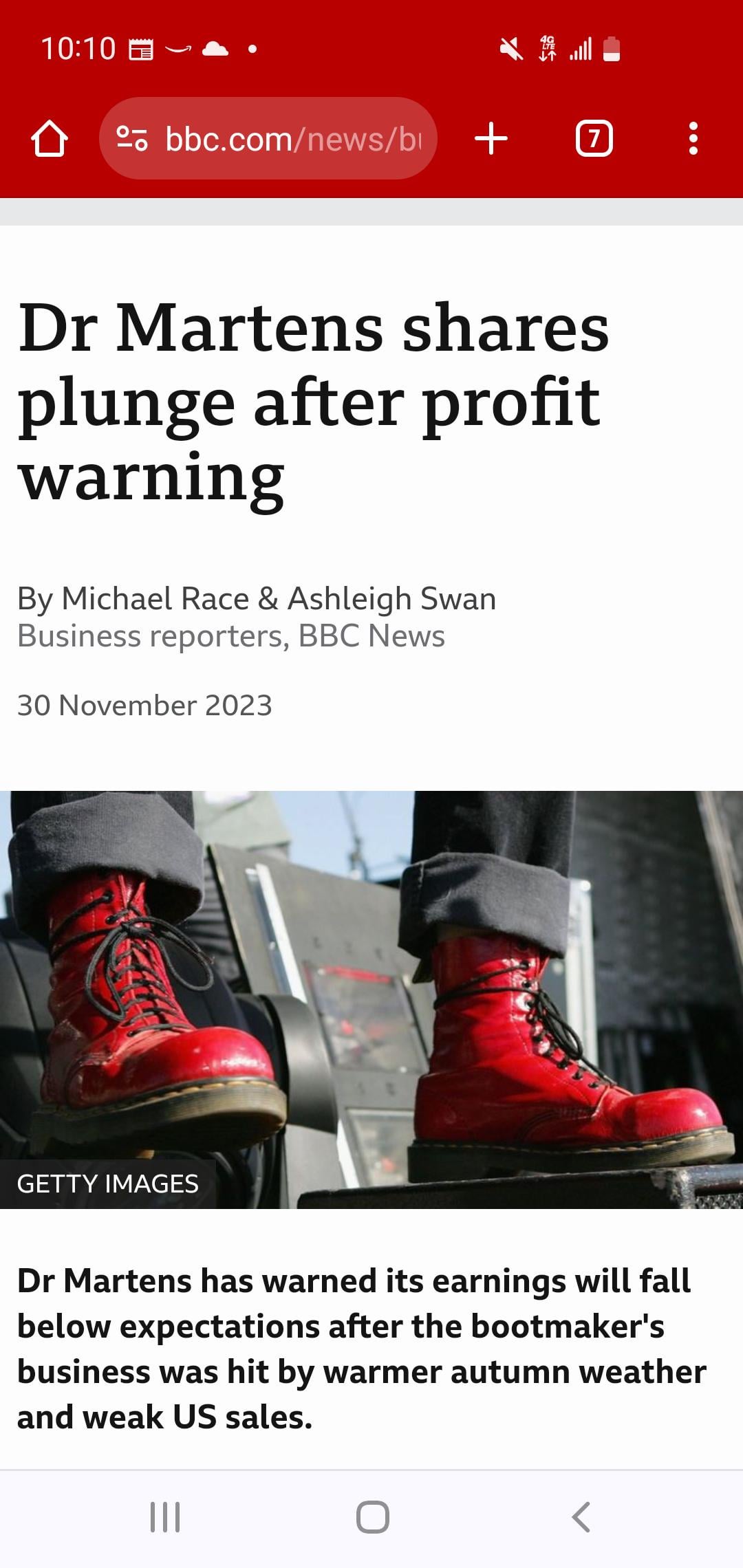Investigation: Could Price Caps And Comparison Sites Transform Veterinary Care?

Table of Contents
The Current State of Veterinary Care Costs
The cost of veterinary services is increasing at an alarming rate. Routine check-ups, vaccinations, and preventative care are becoming increasingly expensive, while the cost of emergency surgeries, specialized treatments, and ongoing medication for chronic conditions can quickly escalate into thousands of dollars. This financial strain on pet owners often leads to delayed or forgone care, putting animals at risk. The lack of price transparency in veterinary medicine exacerbates the problem, leaving pet owners struggling to compare prices and make informed decisions.
- Rising costs of medications and treatments: The price of prescription drugs and advanced therapies is continuously increasing, significantly impacting overall veterinary care costs.
- Increased demand for specialized veterinary services: The increasing sophistication of veterinary medicine, including specialized surgeries and diagnostic imaging, adds to the overall expense.
- Limited availability of affordable veterinary care options: Access to affordable veterinary care, particularly for low-income pet owners, remains a significant challenge.
- Difficulty comparing prices across different veterinary clinics: The lack of standardized pricing and readily available online price comparisons makes it difficult for pet owners to shop around.
The Potential of Price Caps in Veterinary Care
Implementing price caps on specific veterinary services is a complex issue with both potential benefits and drawbacks. Advocates argue that price caps would increase accessibility and affordability, making veterinary care more readily available to a wider range of pet owners. This is especially crucial for low-income families who may otherwise be forced to make heartbreaking decisions about their pets' health.
However, opponents express concerns that price caps could negatively impact the quality of care by limiting veterinary professionals' income and potentially hindering their ability to invest in advanced equipment and training. This could lead to a reduction in the availability of specialized services and experienced professionals.
- Increased accessibility for low-income pet owners: Price caps could make veterinary care more affordable and accessible to those who currently struggle to afford it.
- Potential reduction in veterinary care costs: Price caps could help to control the rising cost of veterinary services, making them more manageable for pet owners.
- Concerns about reduced quality of care due to price restrictions: Price caps could force veterinary clinics to cut corners, potentially impacting the quality of care provided.
- Potential impact on veterinary professionals' income and livelihood: Price caps could significantly reduce the income of veterinary professionals, potentially leading to staff shortages and clinic closures.
The Role of Veterinary Comparison Websites
Veterinary price comparison websites offer a potential solution to the lack of price transparency. These online platforms allow pet owners to compare prices and services offered by different veterinary clinics in their area. This empowers consumers to make informed decisions based on price, services offered, and proximity. The increased competition fostered by these websites could also incentivize clinics to offer more competitive pricing.
However, challenges remain. Ensuring the accuracy and completeness of the data presented on these websites is crucial. Bias, inaccuracies, and outdated information could mislead pet owners. Regulation and verification mechanisms are essential to build trust and ensure the reliability of these platforms.
- Increased price transparency for consumers: Comparison websites provide pet owners with the information they need to make informed decisions about veterinary care.
- Empowered pet owners making informed choices: Access to price and service information allows pet owners to choose the best option for their pets and their budget.
- Potential for inaccurate or incomplete data: The accuracy and reliability of data on comparison websites need to be carefully monitored and regulated.
- Importance of data verification and regulation: Clear guidelines and verification processes are crucial to ensure the trustworthiness of veterinary comparison websites.
Impact on Veterinary Professionals
The introduction of price caps and comparison websites will undoubtedly impact veterinary professionals. Increased competition could necessitate adaptation and innovation in practice management, potentially leading to improved efficiency and the adoption of new technologies. However, veterinary professionals also need to adapt to potential financial constraints and ensure they can maintain high standards of care even under pressure. This requires careful consideration of practice profitability and the ability to attract and retain skilled staff.
- Increased competition among veterinary clinics: Price transparency and price caps will likely increase competition among veterinary clinics.
- Potential need for adaptation and innovation: Veterinary practices may need to adjust their services and pricing strategies to remain competitive.
- Maintaining quality of care despite financial constraints: Veterinary professionals must find ways to maintain high standards of care even with potential income limitations.
- Potential for improved efficiency and practice management: The pressure of competition could incentivize veterinary clinics to improve efficiency and optimize their operations.
Conclusion: Could Price Caps and Comparison Sites Transform Veterinary Care? A Call to Action
Implementing price caps and utilizing veterinary price comparison websites presents both opportunities and challenges. While these measures hold the potential to significantly improve the accessibility and affordability of veterinary care, careful consideration of the economic and ethical implications is essential. Ensuring the quality of care and the fair compensation of veterinary professionals must remain paramount.
We urge pet owners to proactively research local veterinary clinics, explore available veterinary price comparison websites, and engage in discussions about improving veterinary care affordability. By promoting transparency and advocating for responsible policy changes, we can work towards a future where all pets receive the necessary care, regardless of their owners' financial circumstances.

Featured Posts
-
 Bouncers Fiancees Window Smashed Beauticians Racial Slur Sentence
May 31, 2025
Bouncers Fiancees Window Smashed Beauticians Racial Slur Sentence
May 31, 2025 -
 Homebuilding Speed How Provincial Policies Make A Difference
May 31, 2025
Homebuilding Speed How Provincial Policies Make A Difference
May 31, 2025 -
 Receta Tradicional De Brascada El Sabor De Valencia En Un Bocadillo
May 31, 2025
Receta Tradicional De Brascada El Sabor De Valencia En Un Bocadillo
May 31, 2025 -
 Understanding The Good Life Values Purpose And Wellbeing
May 31, 2025
Understanding The Good Life Values Purpose And Wellbeing
May 31, 2025 -
 Home Sales Plummet Crisis Levels Hit Sagging Market
May 31, 2025
Home Sales Plummet Crisis Levels Hit Sagging Market
May 31, 2025
